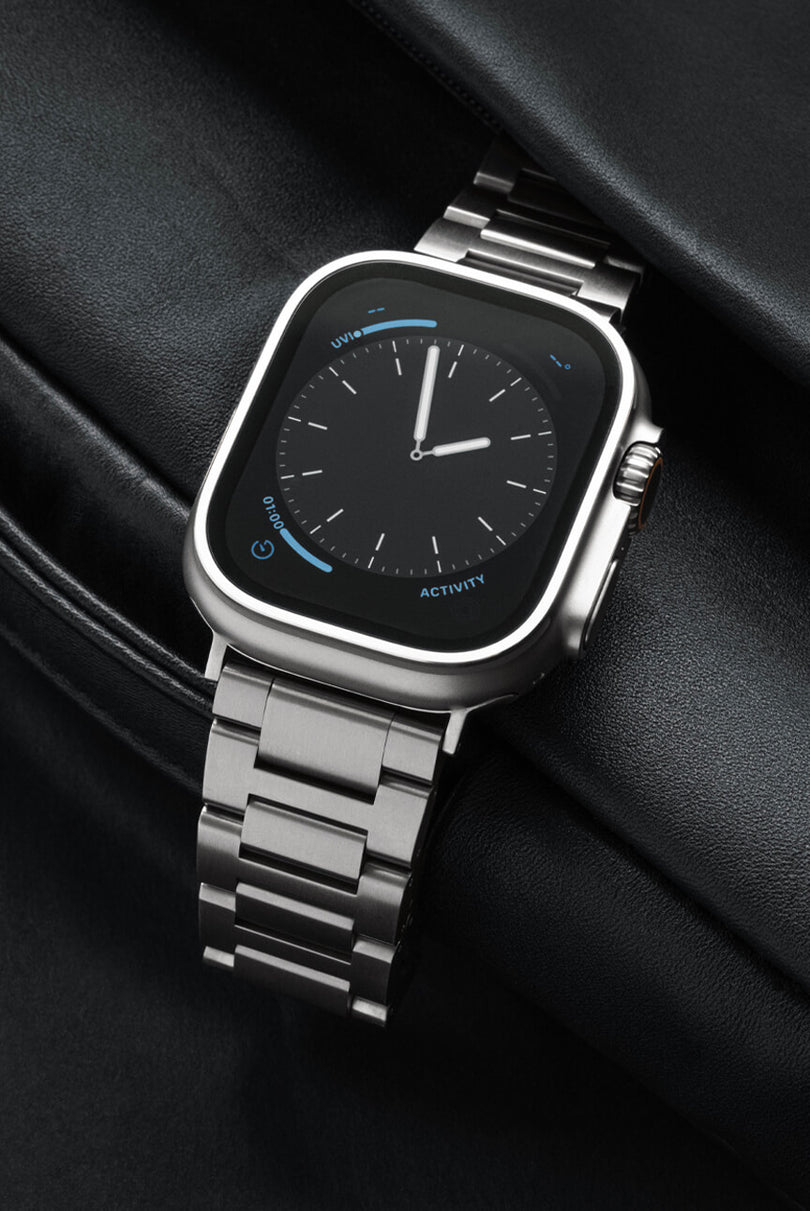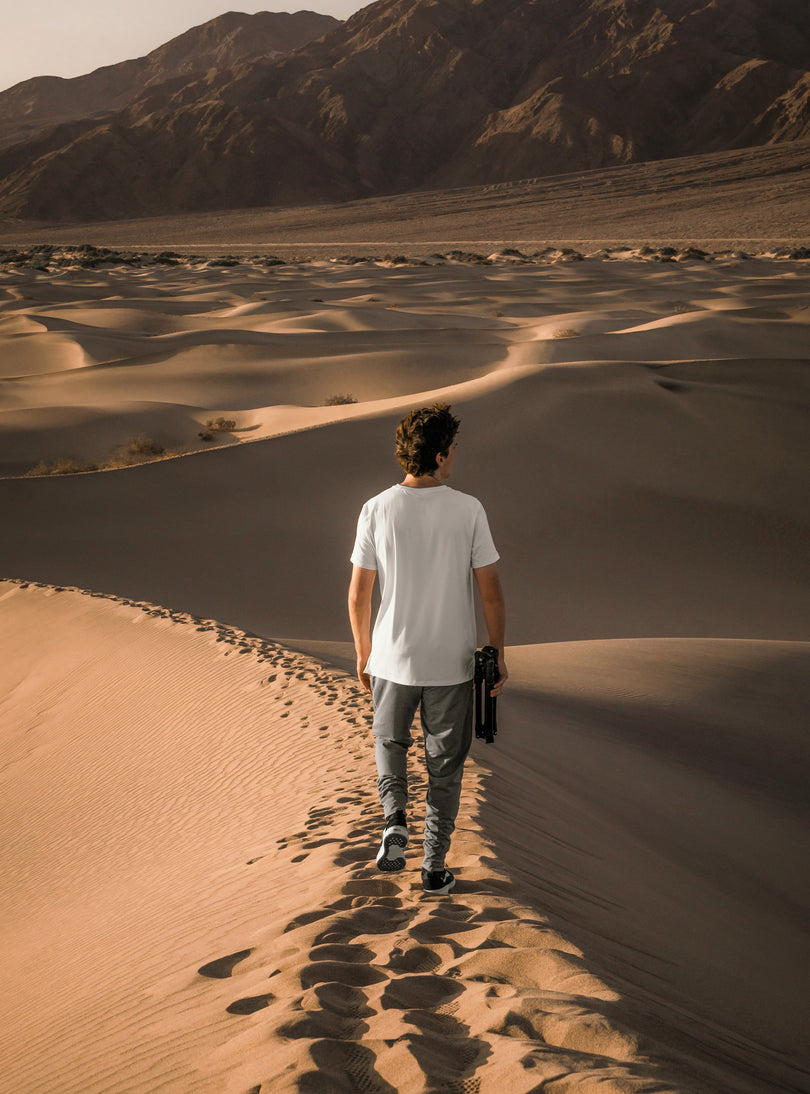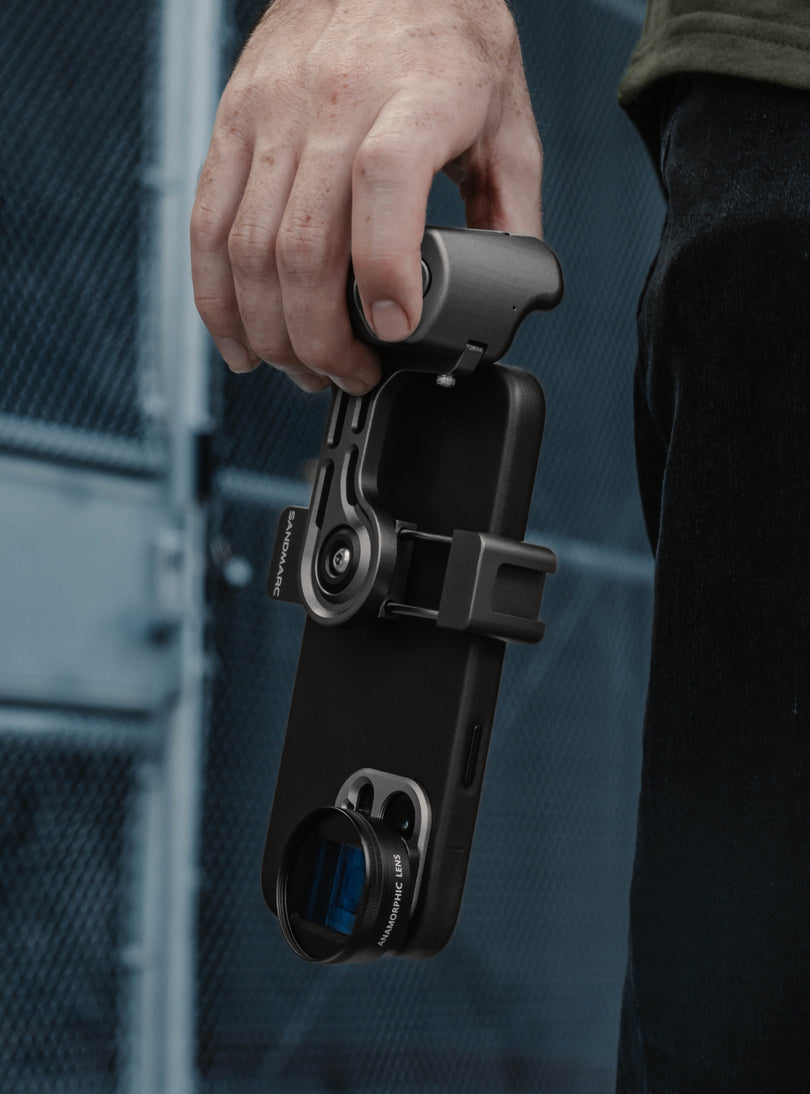9 Tips & Tricks
For Better Aerial Photography
The unique perspective of a drone allows you to see the world in a completely different way. And the great part is, you don’t have to aimlessly fly around killing your battery looking for great shots — you can use Google Earth or Maps (in earth view) to scout interesting locations. Then it's just about framing the right composition. We've compiled 9 composition techniques that photographers and content creators use to unearth the beauty of a bird's eye view.
1. Find Patterns
Aerial views have a unique way of bringing out surprising patterns in seemingly ordinary subjects. The best way to capture these is either by using the pattern to fill the entire image, or by backing out further and framing the pattern with the surrounding environment.
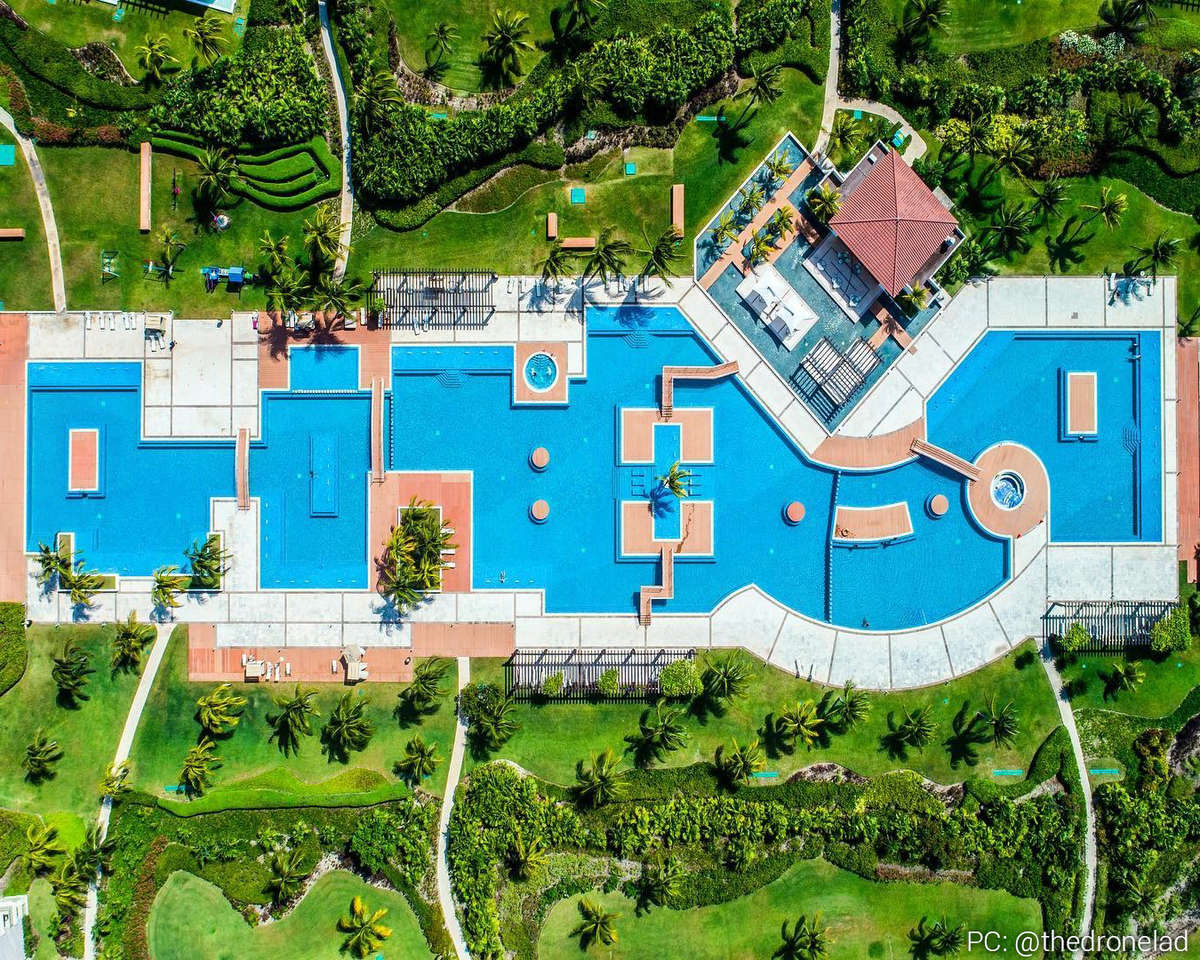
2. Look For Dividing Lines
Dirt roads, sidewalks, and cornfields can look pretty underwhelming at ground level, but from the sky they create stunning lines between textures and colors. The best way to frame these lines is to have them run through the image either horizontally, vertically or diagonally, rather than being able to see where the lines end. Shorelines, for example, are always a safe bet to provide beautiful dividing lines between two nicely contrasting elements.
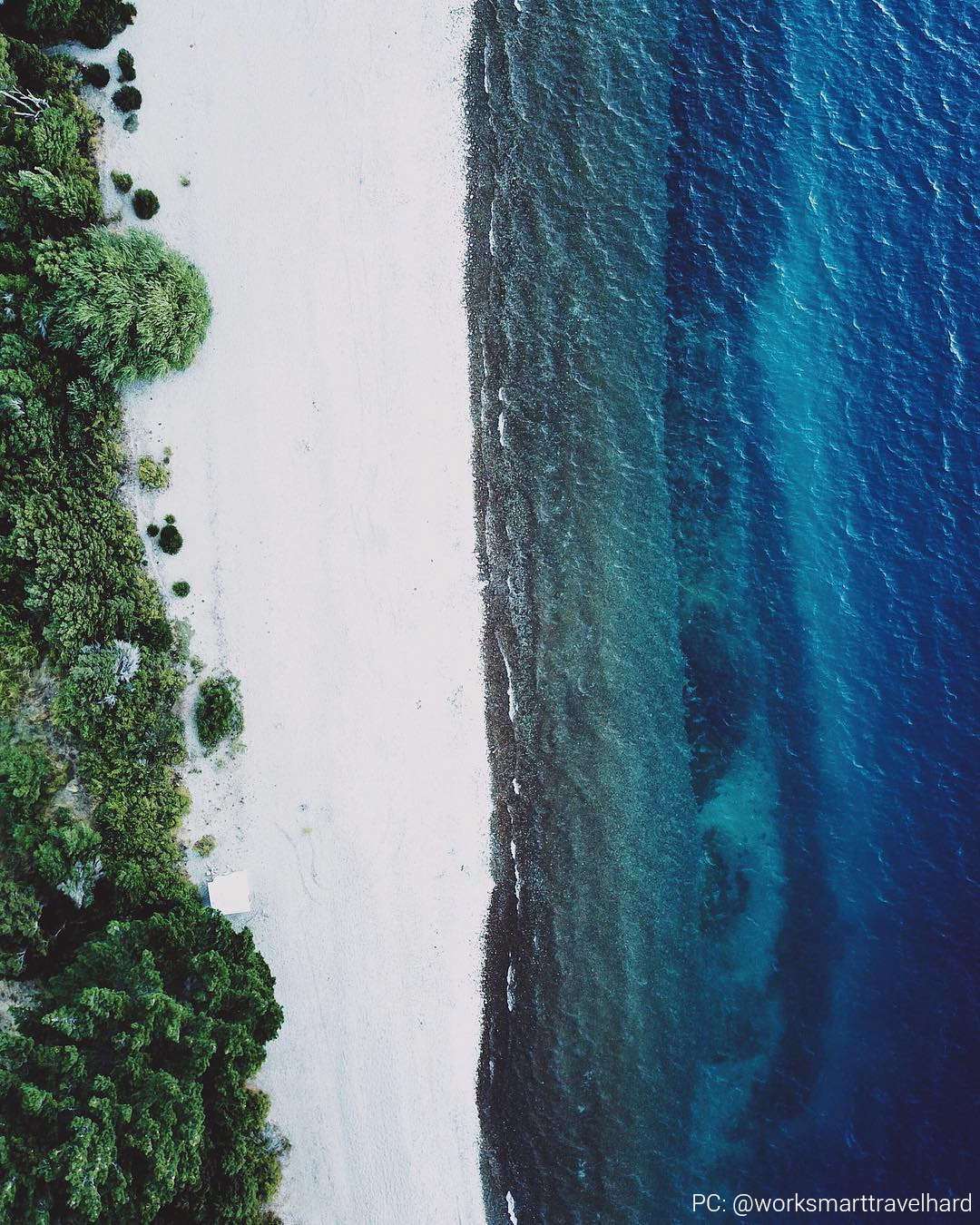
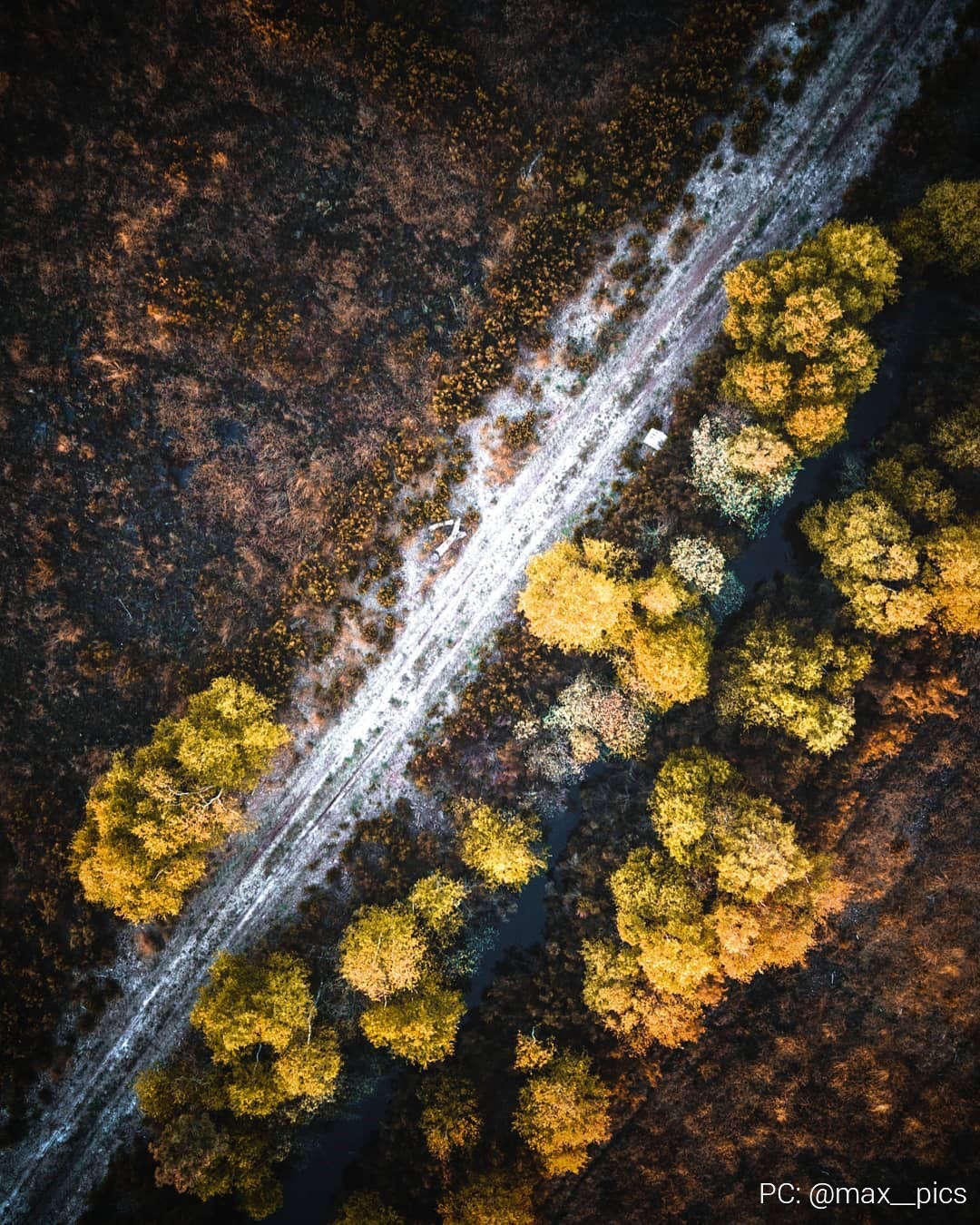
3. Use Filters
For a superior level of image-control, and a more cinematic look that captures a higher dynamic range, try using a filter with your drone. The two most common types are ND filters, which reduce light pollution, and Polarizing filters, which reduce glare and manage reflections. Here's a video and example of how ND and polarizing filters can improve your aerial shots.
All of the photos in this article were taken with SANDMARC Aerial Filters.
All of the photos in this article were taken with SANDMARC Aerial Filters.
4. Create Illusions
A fun technique is altering the perspective of gravity. By finding an interesting backdrop and laying on the ground, you can capture some fun and creative shots.
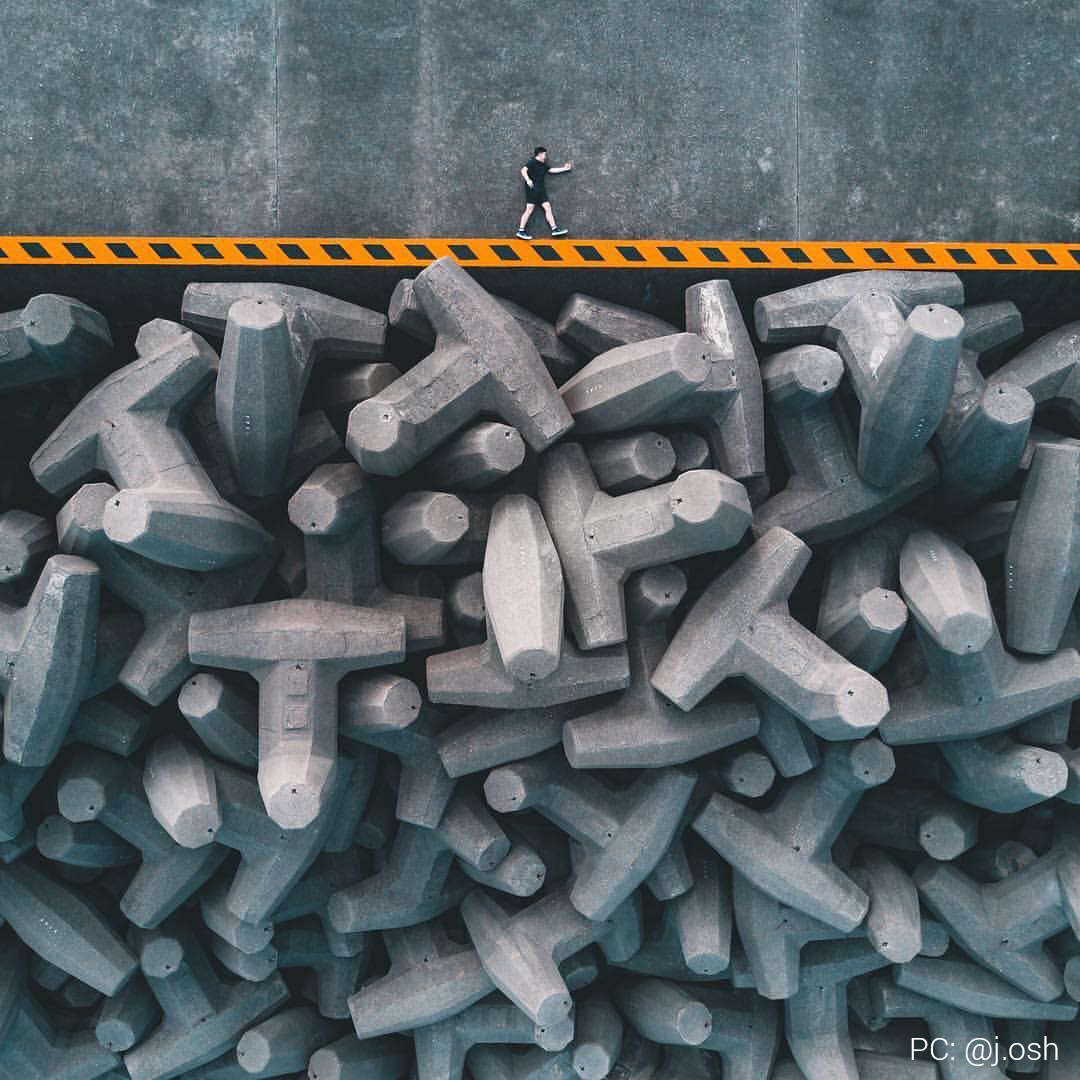
5. Horizons
Ever seen the sunset from a plane? Drones do a fantastic job of replicating this gorgeous vantage point. The best way to capture a sunset is by finding interesting ways to fill the foreground of the horizon. Look for lines, contrasting colors, rich shadows, and tall objects.
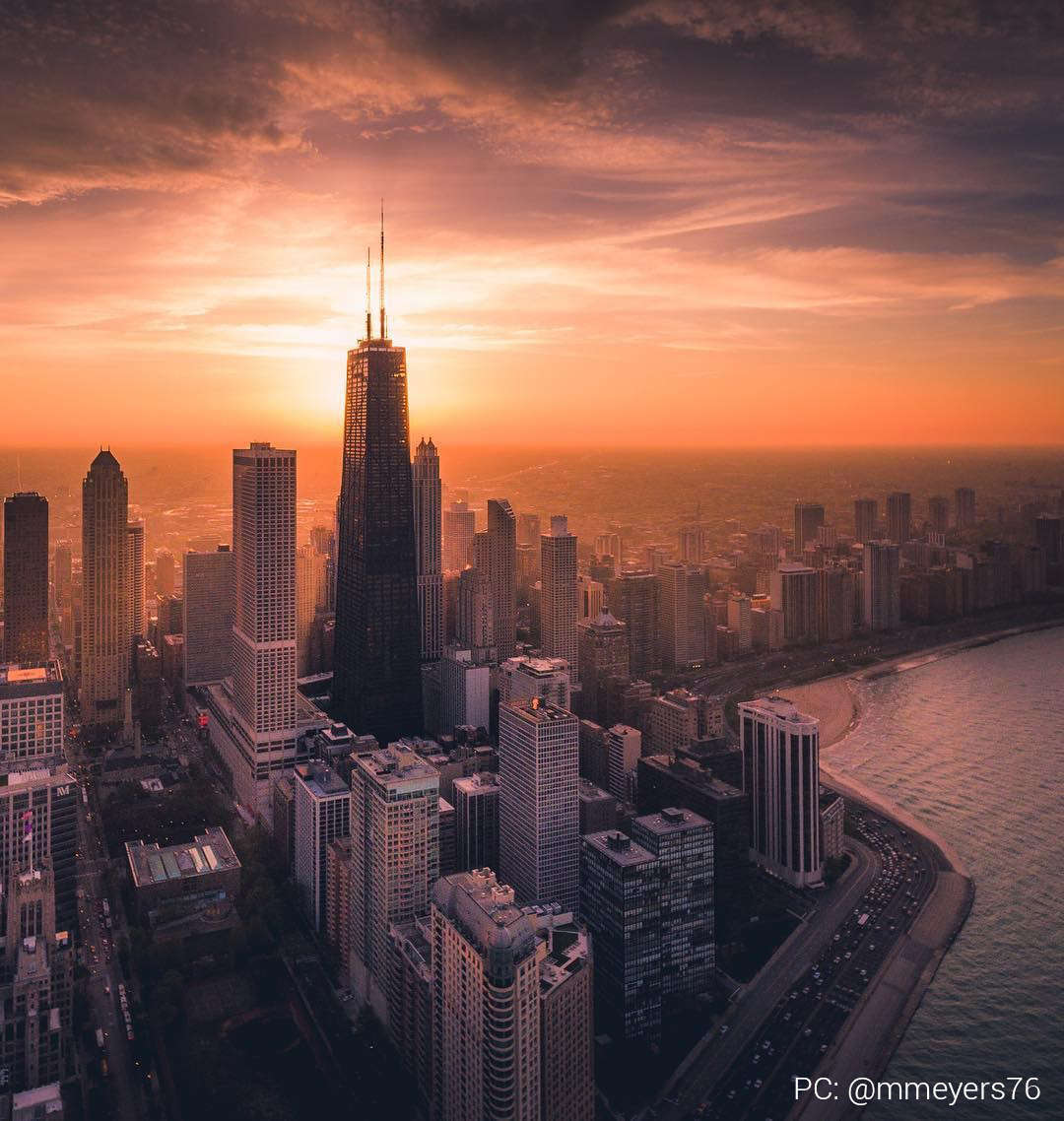
6. Repetition
Finding the same objects in repetition looks very cool from above. An aerial view can provide unique distinction to a train yard, a busy highway, a row of cookie cutter houses, and much more. A simple subject that cuts through the repetition, like a desolate road, also makes for a compelling composition.

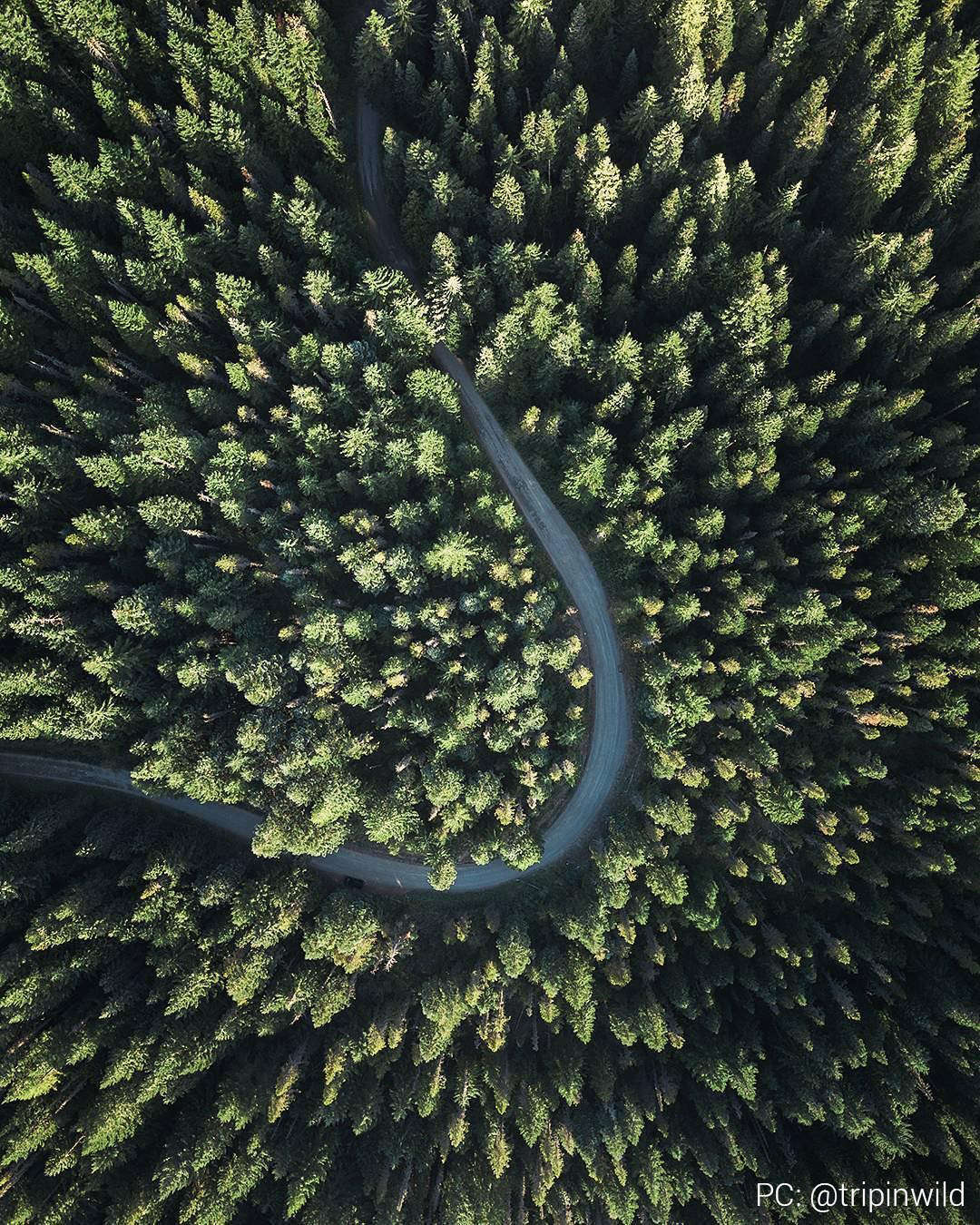

7. Contrasting Colors
Dividing lines and contrasting colors may look like nothing at ground level, but from up high they look more like carefully planned brush strokes on a canvas. Colors also just seem to appear richer and more vivid from above, especially when you have adjacent darks and lights playing off each other. To create the richest colors possible, use a polarizing filter. It will help control reflections and give you a nice color pop.
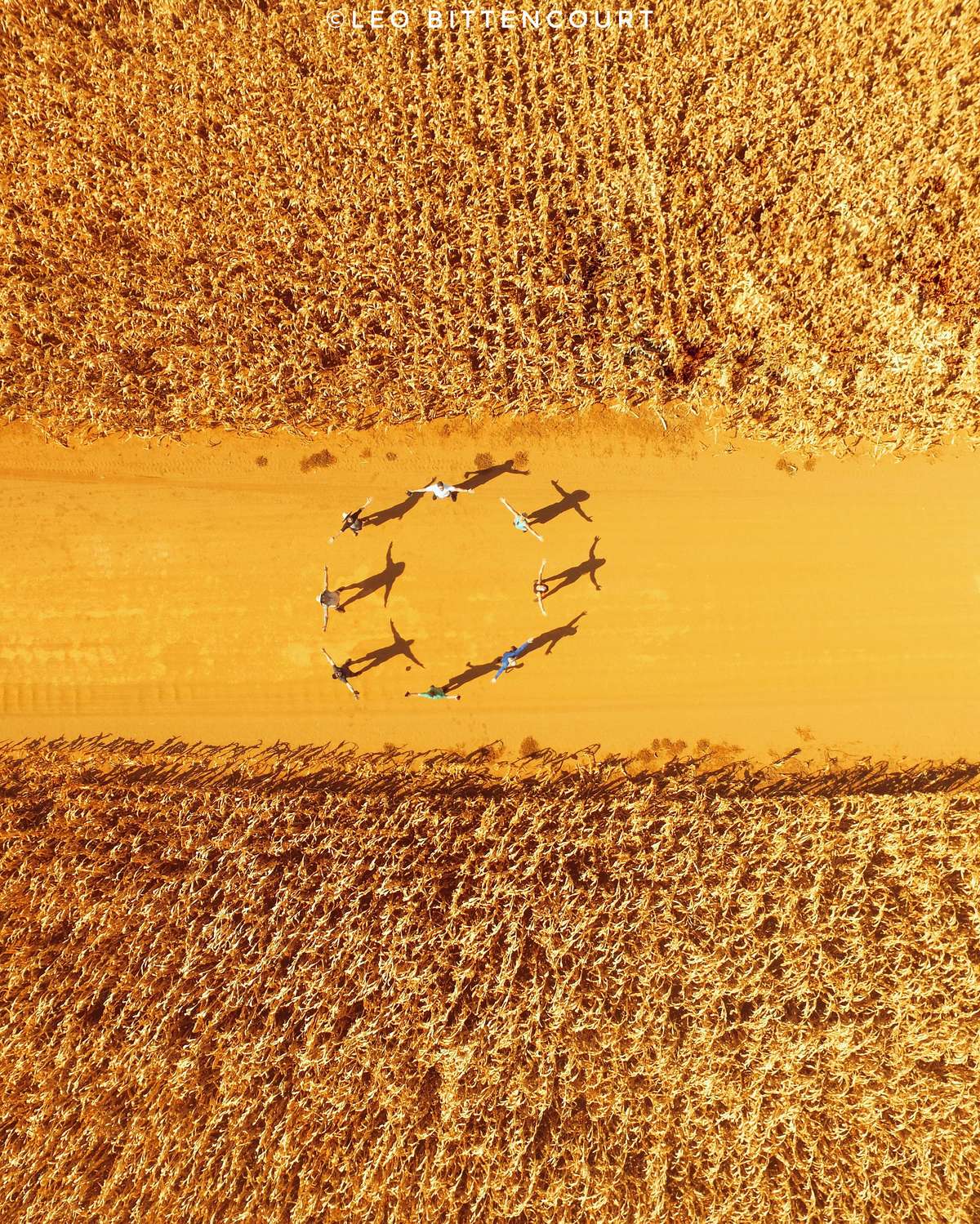
8. Shadows
During the golden hour, when the sun is setting, you can find objects and scenes with extra depth provided by shadows. There's also endless ways to get creative by using your own shadows.
9. Symmetry
Look out for symmetry while you’re exploring. Sometimes it can be tough to notice symmetrical frameworks from the ground, so either keep an eye out while you're flying, or check out Google Earth or Maps (in earth view) before you take to the skies. Placing a single subject within the surrounding symmetry always makes for a compelling shot.
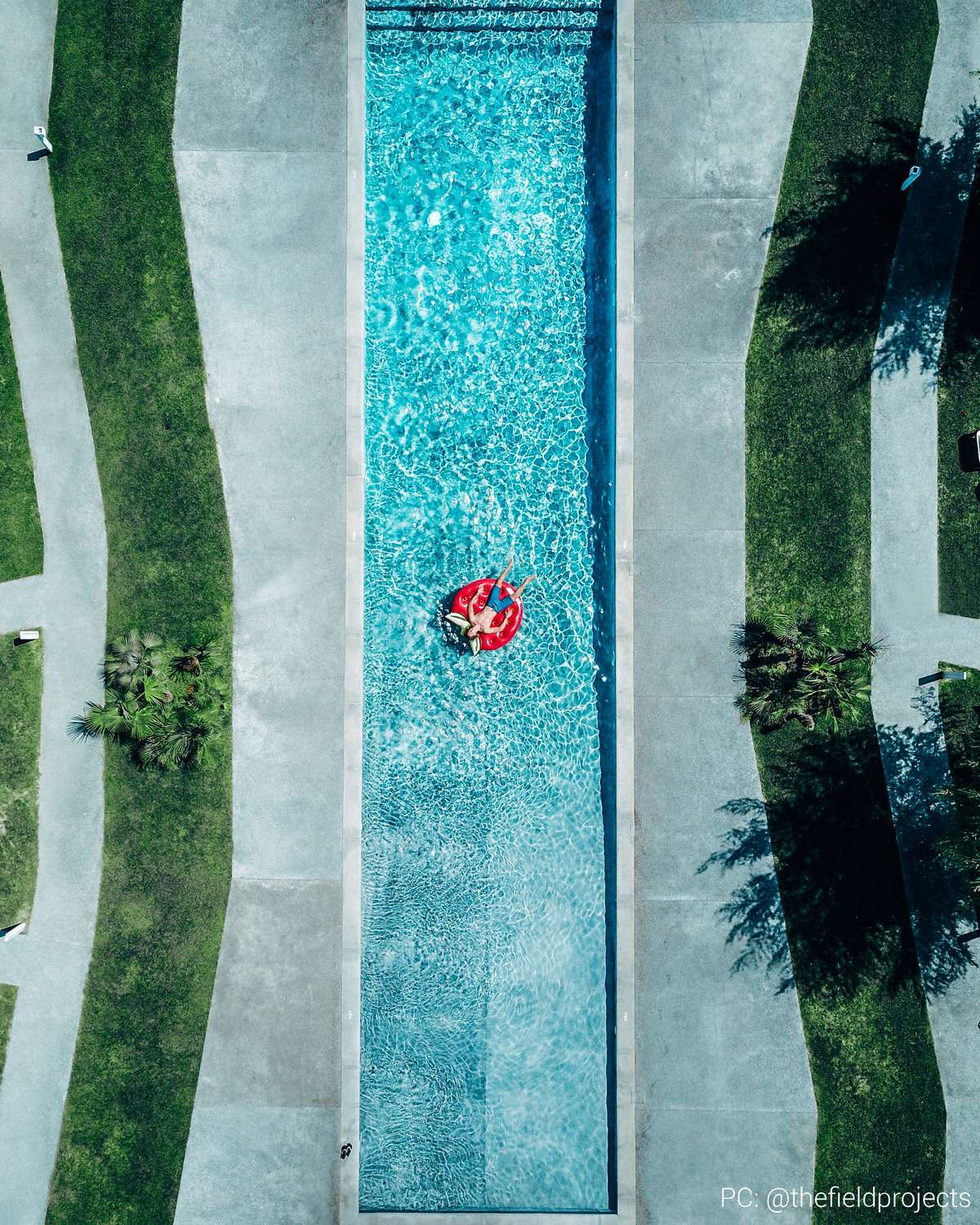
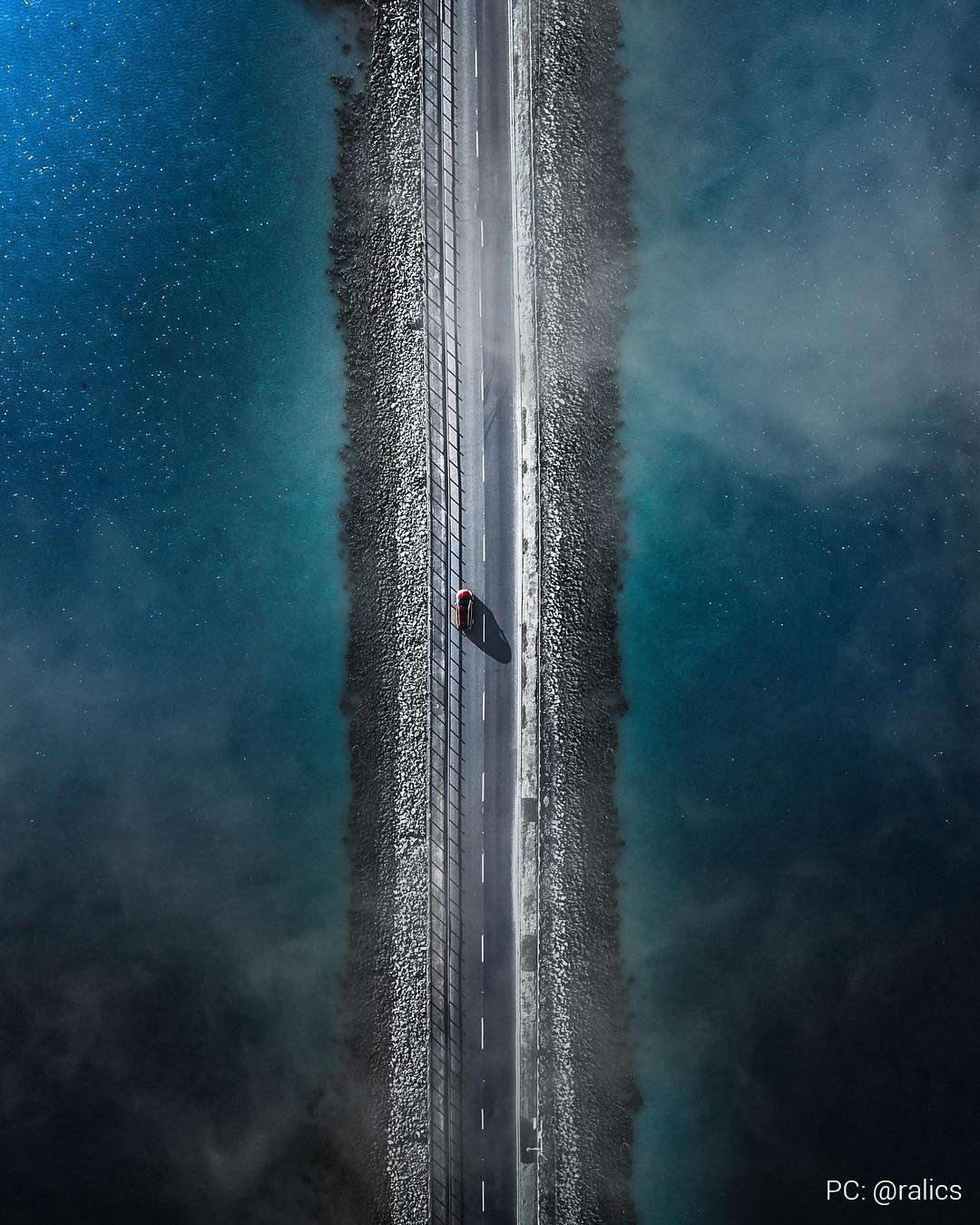
The best strategy to have for aerial photography is preparedness. Before you start shooting, you should be a strong drone pilot, have some target shots in mind, throw on any filters you may need, and make sure your camera settings are dialed in. That way you spend more time shooting and less time figuring out how to shoot.



